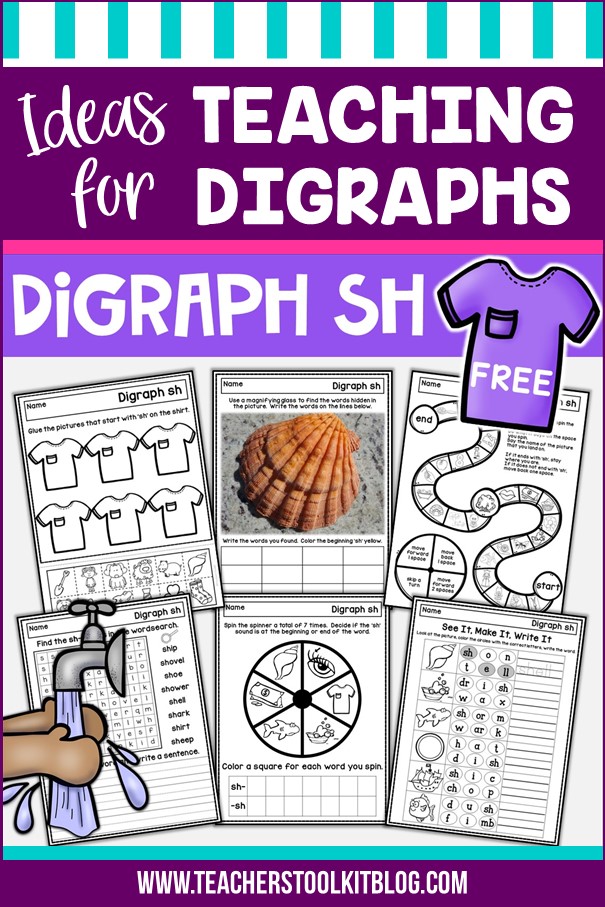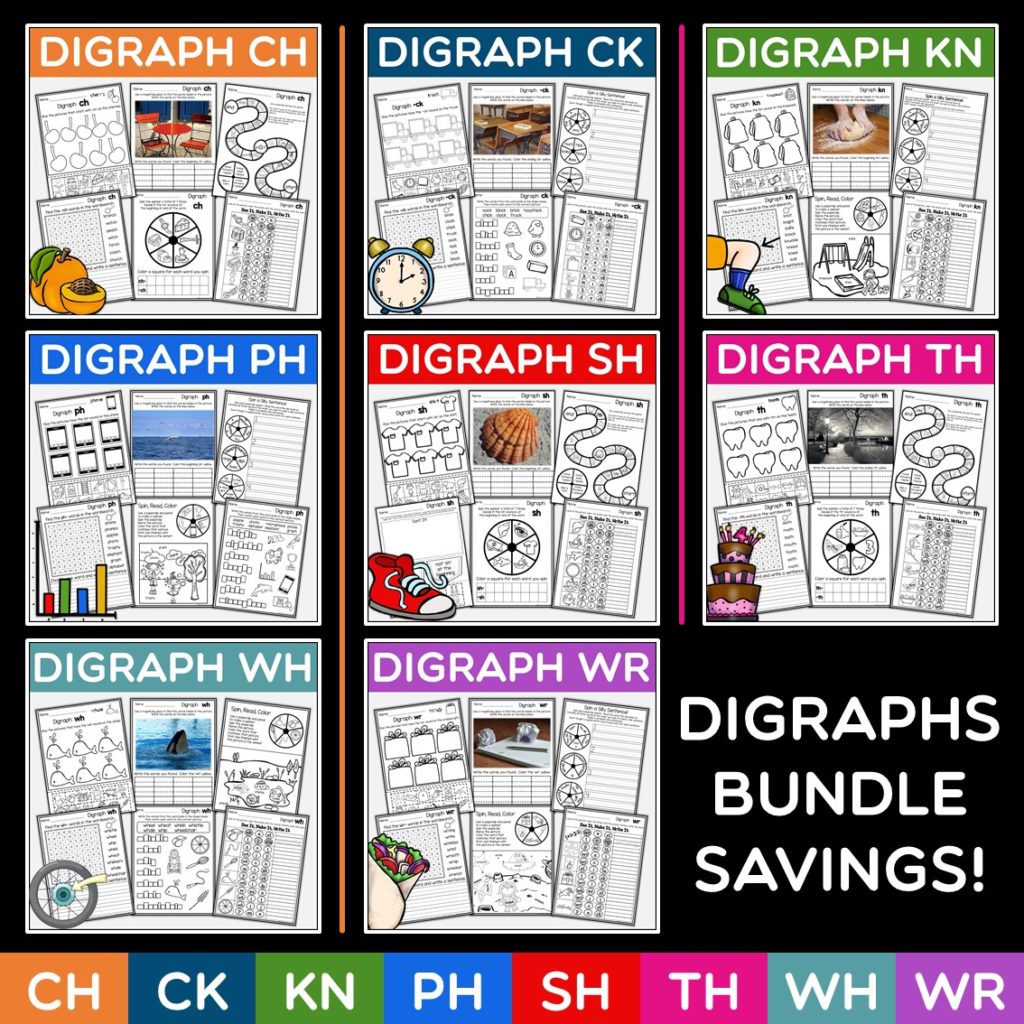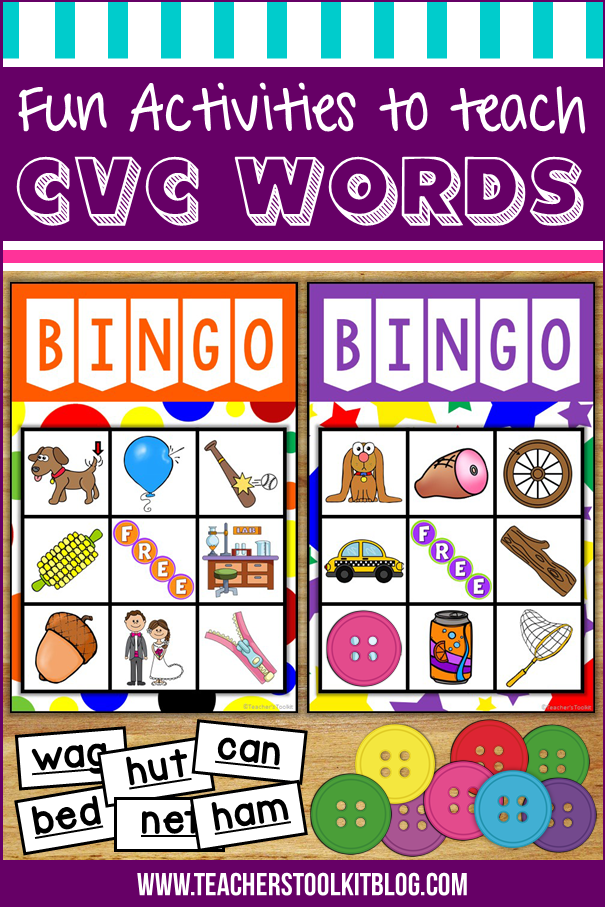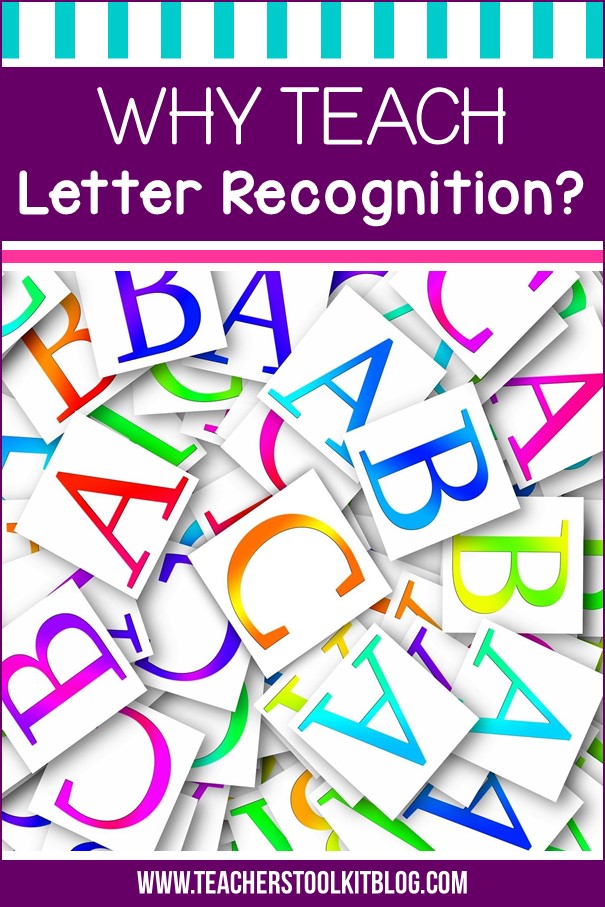Digraphs are two letters that work together to produce a single sound. Some examples would be ph as in phone or sh as in fish. These letter combinations are typically taught in the early primary grades. Teachers are always looking for engaging ideas for teaching digraphs, so hopefully you will find something useful to help, as you read on!
Digraphs can be tricky because they can come at the beginning, middle or end of a word. Consonant digraphs are made of two consonants, while a vowel digraph must contain at least one vowel. To make things even trickier, sometimes one sound may be represented by more than one digraph. For example, the words pay and aim have the same sound but different digraphs.
ideas For teaching digraphs
As with teaching any new concept, reinforcement, repetition and practice are key to helping students learn digraphs.
Hands-on activities are fun and keep young learners focused. Students tend to enjoy word play and are ready to start learning digraphs once they can recognize most of the other common alphabet sounds. Try these ideas!
What’s In The Bag?
For this activity you’ll need a bag with objects that represent the sound you’re introducing. For example, if you’re teaching the digraph sh, you could have a sheep, a ship, a fish, a picture of a shower, etc. Write the digraph on your board and then ask your students to say some words that have that sound. As they list the words, write them on the board. If they happen to list one your prop words, pull the prop out of the bag and show it to the class. Keep going this way until they can’t think of anymore words. If they haven’t listed one of your props, give them clues until they can work it out. This is a great way to help students match a word with a visual!
Kaboom!
Here’s a fun game that can be used with in small groups or in centers. All you’ll need are a marker, craft sticks and a cup to hold the sticks.
Using the marker, write a digraph on the end of each of the sticks. Then write the word Kaboom on the ends of 3 or 4 of the sticks, depending on how many of the other sticks you have. Put all the sticks in the cup with the written ends down.
Then have a student pick a stick from the cup. They have to say the sound and then think of a word that contains that sound. If they’re successful they keep their stick. If they pull a Kaboom stick then they have to put all of their sticks back in the cup!
If you’re doing this as a small group activity, you may want to set a timer to end the game. The student with the most sticks when the timer goes off wins.
Free Digraph Games
The Measured Mom shares 5 free digraph games in this great post about teaching digraphs. The games consist of printable game boards – just add a die and some sort of playing piece. These games are so useful because they are quick to play and provide plenty of practice and reinforcement!
Education.com has some free online digraph games. You can set students up to play or you can assign the game to them. These would also be wonderful for stations or center activities. They would also work well for small groups.
Do you have any digraph activities that you love to use with your students? Please share them with us!
digraph resource packs
As with any new concept, teachers need to add some printables into the mix. They help to check students’ learning, as well as diagnose any problems students may be experiencing. This enables the teacher to further plan any small group interventions that may be necessary.
I have bundled together my most popular digraph packs to complement this post and added a hefty discount on top! They are packed full of a wide range of engaging activities for all learning styles – what better way to keep your students happy and learning at the same time! CLICK HERE to check out what’s on offer in more detail.




